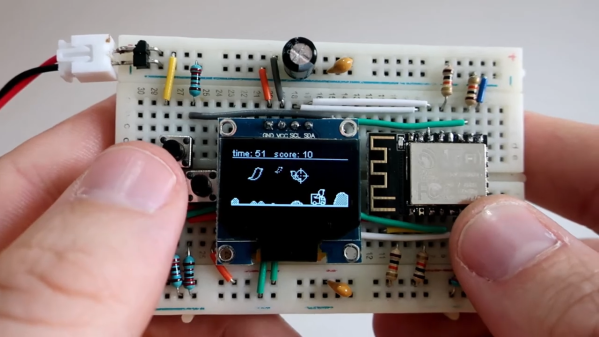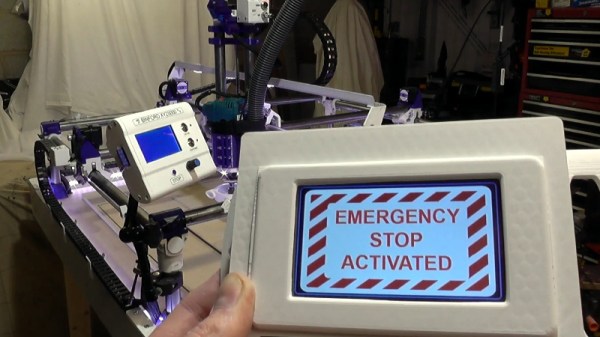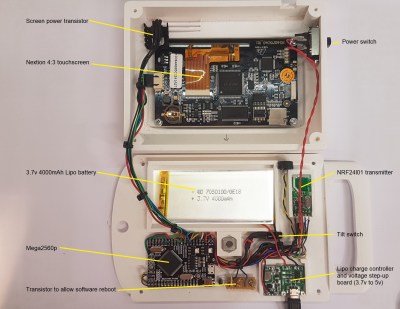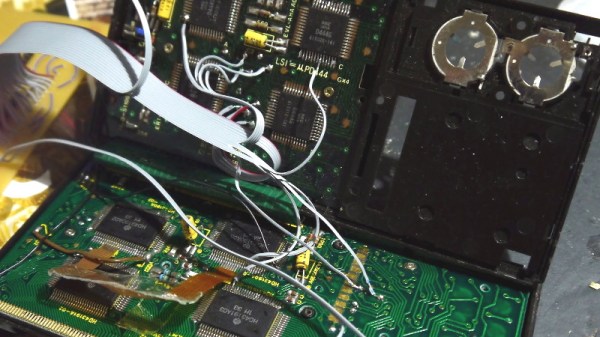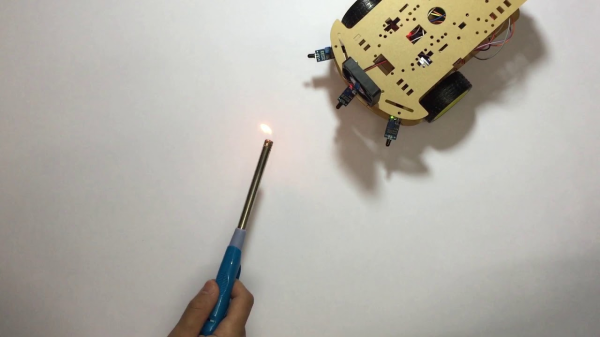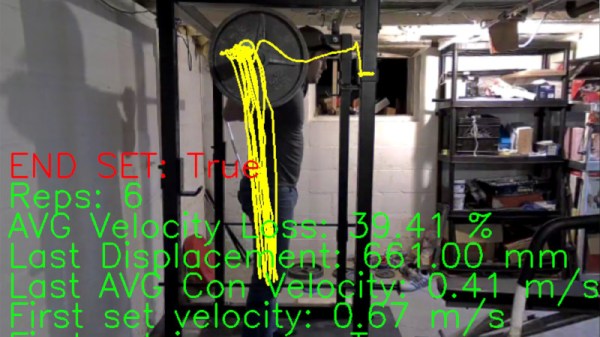Since Back To The Future II first screened back in 1989, people have been waiting for hoverboards to become reality. Instead, we got a dangerous two-wheeled contraption going by the same name. Wanting something a little cooler, [Bartek Plonek] decided to convert his to a one-wheel design. (Video, embedded below.)
The hack starts by machining the hub motors of the hoverboard. They’re bolted together, and used as the hub of a single larger wheel. Care is necessary to avoid cracking the motor housing during this process, as [Bartek] found during his first attempt. The wheel is then fitted to the centre of a steel frame, upon which two halves of a skateboard are attached to act as a footplate. The original hoverboard controller is still used; we’d love to know if firmware modification was required to work with the new motor configuration.
It’s a classic garage hack that results in a viable personal electric vehicle. Plus, cornering is far easier, with the DIY onewheel capable of carving back and forth quite well. We’ve seen others aim to commute using similar builds.


